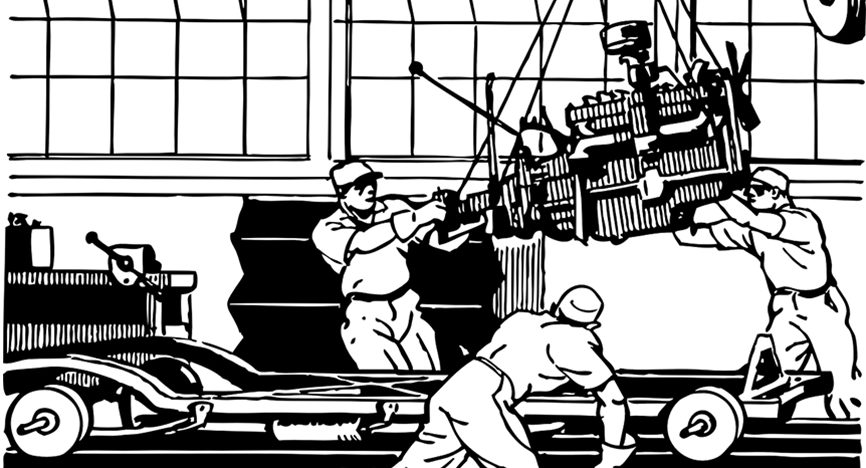One of this year’s largest proposed OSHA fines featuring combustible dust violations was handed down this week to a New Jersey restaurant furniture manufacturer. Among the 42 violations cited to Sterling Seating Inc., each dollar amount of the $176,330 fine was a direct result of careless negligence for compliance and safety. The twist in this news story is not just that yet another manufacturer is staring at a hefty levy and increased scrutiny over its operations going forward, but that these proposed OSHA fines trickled down to a staffing group that assisted in placing workers with Sterling Seating. The New York-based On Target Staffing now faces $19,800 in OSHA fines for health violations related to its relationship with the furniture maker.
Sterling Seating’s main combustible dust safety infraction was that it did not train employees about the effects of hazardous chemicals, including combustible dust. Because the furniture manufacturer utilized temporary workers contracted by On Target Staffing, a separate investigation on the agency was launched by OSHA in which they found that On Target had failed to provide a written hazard communication program, training, or documentation of a hazard assessment when dealing with companies like Sterling.
“Sterling Seating has repeatedly violated basic safety and health standards and exposed its employees to needless hazards. Host employers and staffing agencies share a responsibility for worker safety. Those that fail to ensure that safety will be held legally responsible, ” Lisa Levy, area director of OSHA’s Hasbrouck Heights Area Office, told Wood Working Network.
Dust In Case has repeatedly stressed the importance of training workers on combustible dust hazards as well as practicing thorough housekeeping using compliant industrial vacuum equipment with consideration to the type of dust being cleaned. This is something that everyone in the manufacturing industry should be aware and practicing by now, but as this story points out, the responsibility of employee safety extends beyond just the company and the building where the work is being done, but to the assisting staffing groups who may also be responsible for placing workers inside of them as well.


